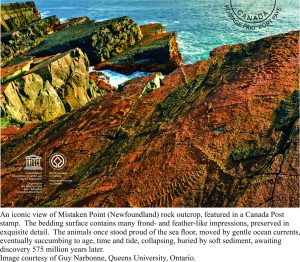
Mistaken Point on the Atlantic coast of Newfoundland (Canada) acquired its unfortunate reputation by fooling mariners. In a celebration of a different kind, UNESCO, in July 2016 designated the Mistaken Point coast a World Heritage Site; it is the graveyard of exquisitely preserved animals known as the Ediacaran Fauna, and at 575 million years they are the oldest known, structurally complex, multicellular creatures.
From an evolutionary context, life forms during the previous 3 billion years were dominated by much simpler algal-bacteria like organisms that constructed mats, mounds and columns (stromatolites) and even reef-like structures, all made by single-cell prokaryotes. The Ediacaran fauna thus represents a kind of evolutionary paradigm shift – to real animals. As Guy Narbonne (Queens University, Ontario) has suggested, this unique fauna probably formed the “root stock” of the more recent and familiar animal kingdom, but also includes some fossils that represent failed evolutionary experiments – creatures having unique form, phylum, and genetic codes that simply didn’t go anywhere.
The complete 2016 Mistaken Point UNESCO Heritage Site dossier by Richard Thomas and Guy Narbonne can be found here, but NB, it is a large file!
What kind of animals were they?
Although discovered in Namibia, the age and evolutionary significance of the fauna were first recognised in Flinders Range strata, Australia. The name Ediacara is probably Aboriginal. Ediacaran fossils range from 575-542 million years; the period immediately prior to what is commonly called the Cambrian Explosion. Ediacaran fossils are now found on all continents except Antarctica.
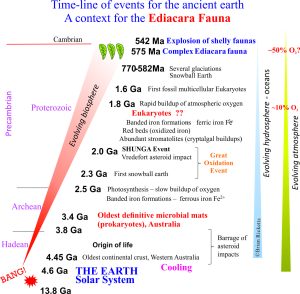
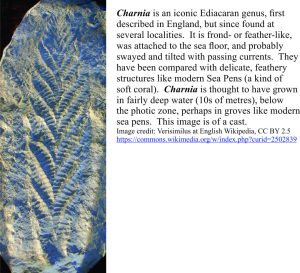
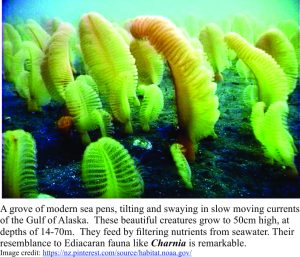
The iconic Ediacaran fossils are those that appear petal-, feather-, or sea-pen-like, creatures that in some beautifully preserved examples exhibit complex growth patterns. Guy Narbonne has described these growth patterns as “quilted fractals”, an analogy that is quite apt. They were soft-bodied animals; fossils with hard parts, shells or hard skeletal frames did not appear until the very end of the Precambrian, becoming abundant in the Cambrian. The petal-like structures had a central stem that was attached to or grew into the sea floor; in some cases only these holdfasts are preserved. Other forms that appear frond-like grew to almost 2m in length. Some were fan-, bush-, and comb-shaped; others simple domes or discs. Imagine the ancient seafloor covered in a forest of these soft, delicate forms, swaying in the wash of gentle sea currents. It must have been quite stunning.
Trace fossils are also present, becoming abundant in rocks younger than about 555 million years. These are not static impressions of animals, but tracks and burrows of worm-like creatures that moved on or through soft sediment. Many traces resemble those made by animals in much younger strata, and if the same interpretation is applied to the Ediacaran types, then they too represent animal behaviours such as feeding, or burrowing a new home.
Preservation – an interesting conundrum
Paleontologists frequently consider the preservation potential of the fauna and flora they study. Animals having hard parts are more likely to be preserved than those without. However, even skeletal remains may not survive the vagaries of scavenging or dislocation. Complete dinosaur skeletons, although celebrated, are rare; after death the animal is prone to being eaten, crunched by powerful jaws, or dismembered by flooding rivers. Preservation of soft-bodied animals is even more fraught – they tend to decay rapidly, are eaten by scavengers, or are dismembered by ocean currents and waves.
Most Ediacaran fossils were preserved as impressions in sediment. The uniqueness of the Ediacaran fossil record is a testimony to the absence of scavengers during this geological period. Many, like the Mistaken Point communities (and also in Mackenzie Mountains) lived in relatively deep water where currents were subdued but strong enough to ensure a continuous supply of nutrients. That the fossils are intact means that they were buried by sediment before decay set in.
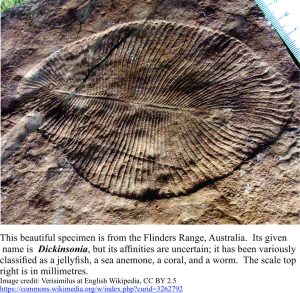
Those animal communities that lived in shallower seas (there are examples in Australia, Namibia and Russia) were periodically subjected to stronger currents and waves and had correspondingly lower preservation potential. The buried parts of stems and fronds, and some animal burrows could be preserved (after all they were already buried), but the more delicate structures above the sea floor were easily broken up. In some environments, such as those now found in the Flinders Range, the dead fronds or bushes were covered by a thin microbial mat that enhanced preservation. Elsewhere (Newfoundland and England), volcanic ash falling into the sea filtered quickly through the water column, gently smothering the live animals – a bit like Pompeii.
In the grand scheme of things It is generally understood that complex, multicellular animals like the Ediacara fauna require oxygen. For much of the preceding 3 billion years, free oxygen was in short supply. By about 1800 million years the oxygen levels are thought to have been about 10% of the concentration in our modern atmosphere (based mainly on stable isotope chemistry). The biomass back then was dominated by single cell, prokaryotic microbes (such as cyanobacteria). There is good evidence that simple, multicell eukaryotes were present at least 1300 million years ago, for example in forms like red algae, but they were in the minority. Sudden appearance of the Ediacaran fauna indicates that oxygen levels may have increased abruptly 600-580 million years ago, creating the right conditions for evolutionary expansion; some estimates put oxygen concentrations at about 50% present atmospheric levels.
Continued research will probably refine these numbers. Regardless, the Ediacaran fauna provides fantastic evidence of significant evolutionary trajectories and ancient environmental conditions for one of the most crucial periods in the history of our earth.
Addendum: Although many who study these fossils do consider them to be the most ancient’animals’, others disagree; suggestions such as fungi, large protists, or some kind of lichen (the latter does seem unlikely). The form Dickinsonia (shown above) has come into its own once again where, in a recent study, fossil biomarkers were discovered in samples taken near the White Sea, Russia. Identification of fossil steroid markers confirms a direct link to the animal kingdom (Science, Sept 21, 2018). It seems likely that many other Ediacaran fossils were also the very first true animals, precursors to the myriad forms that appeared during the Cambrian explosion.
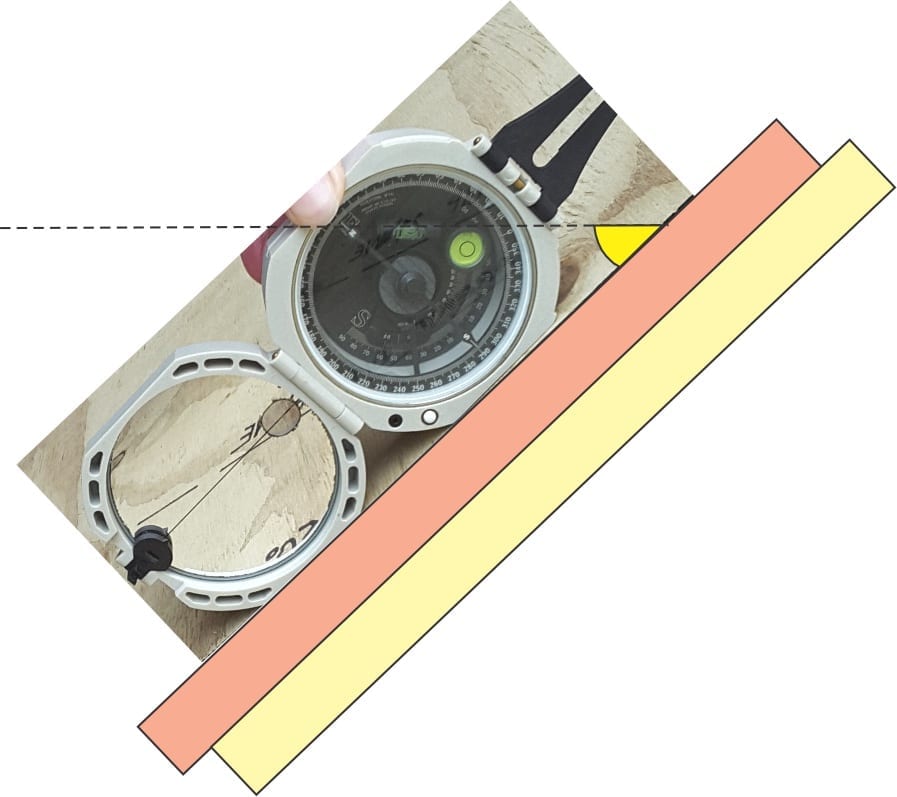
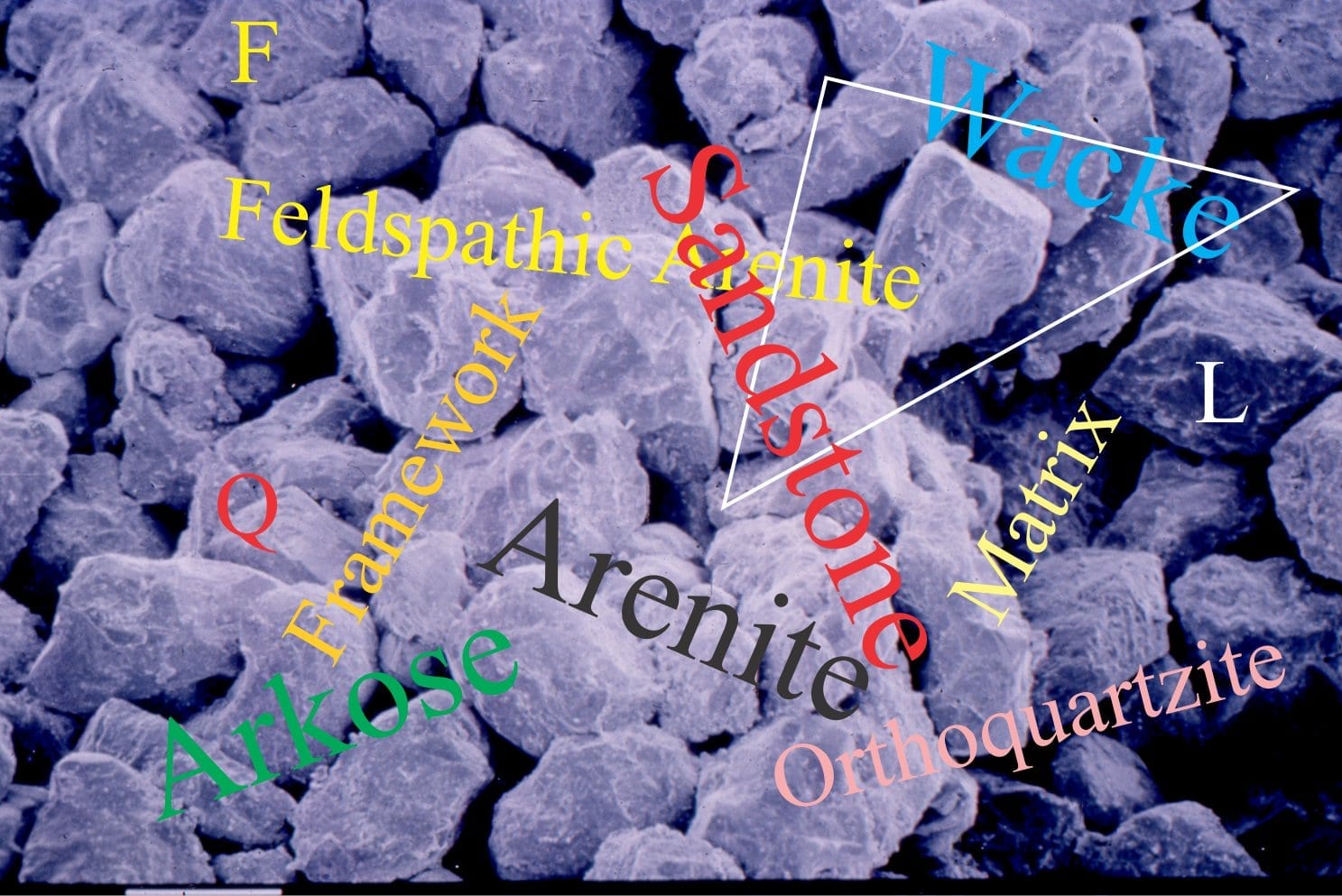
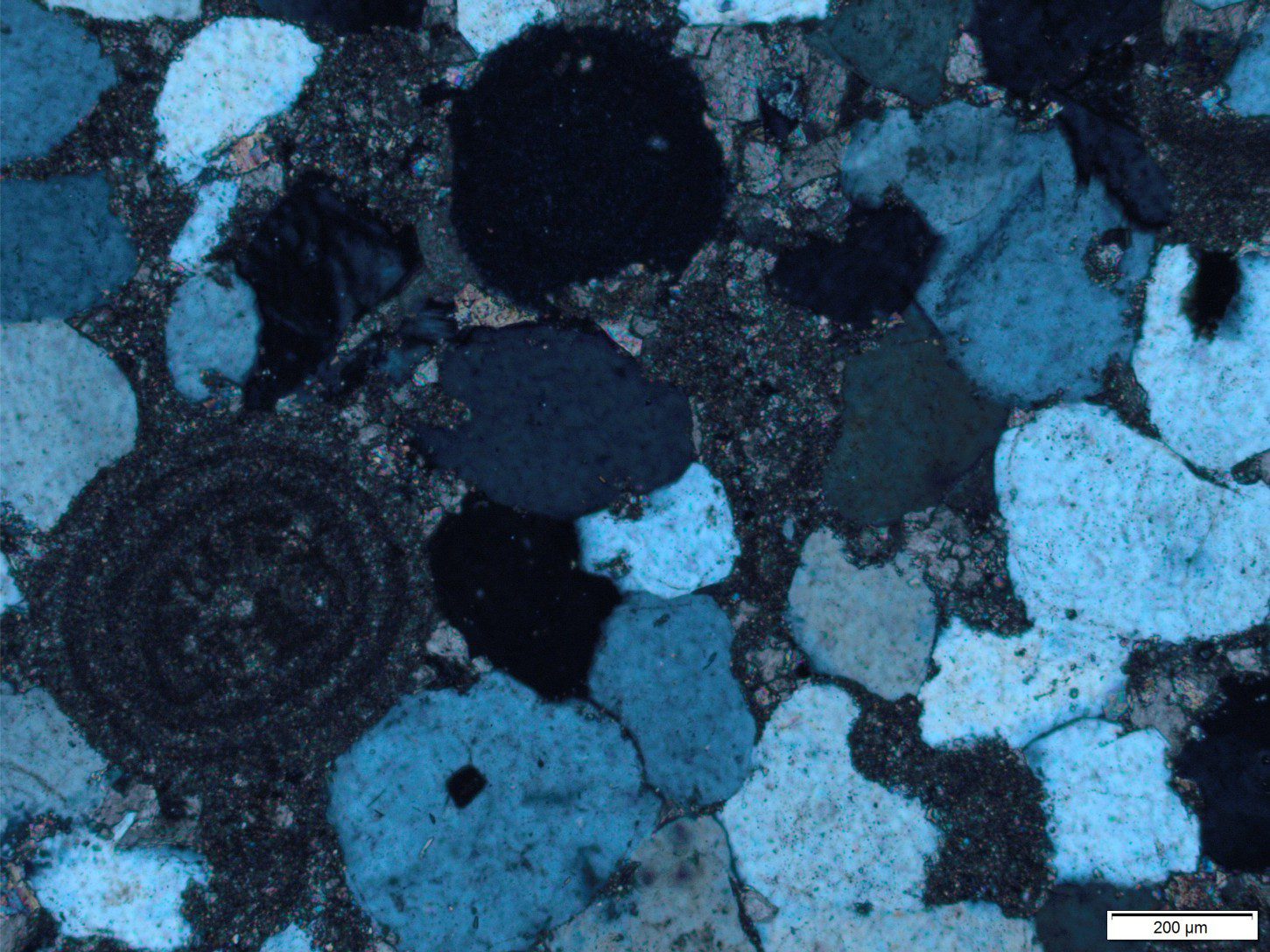
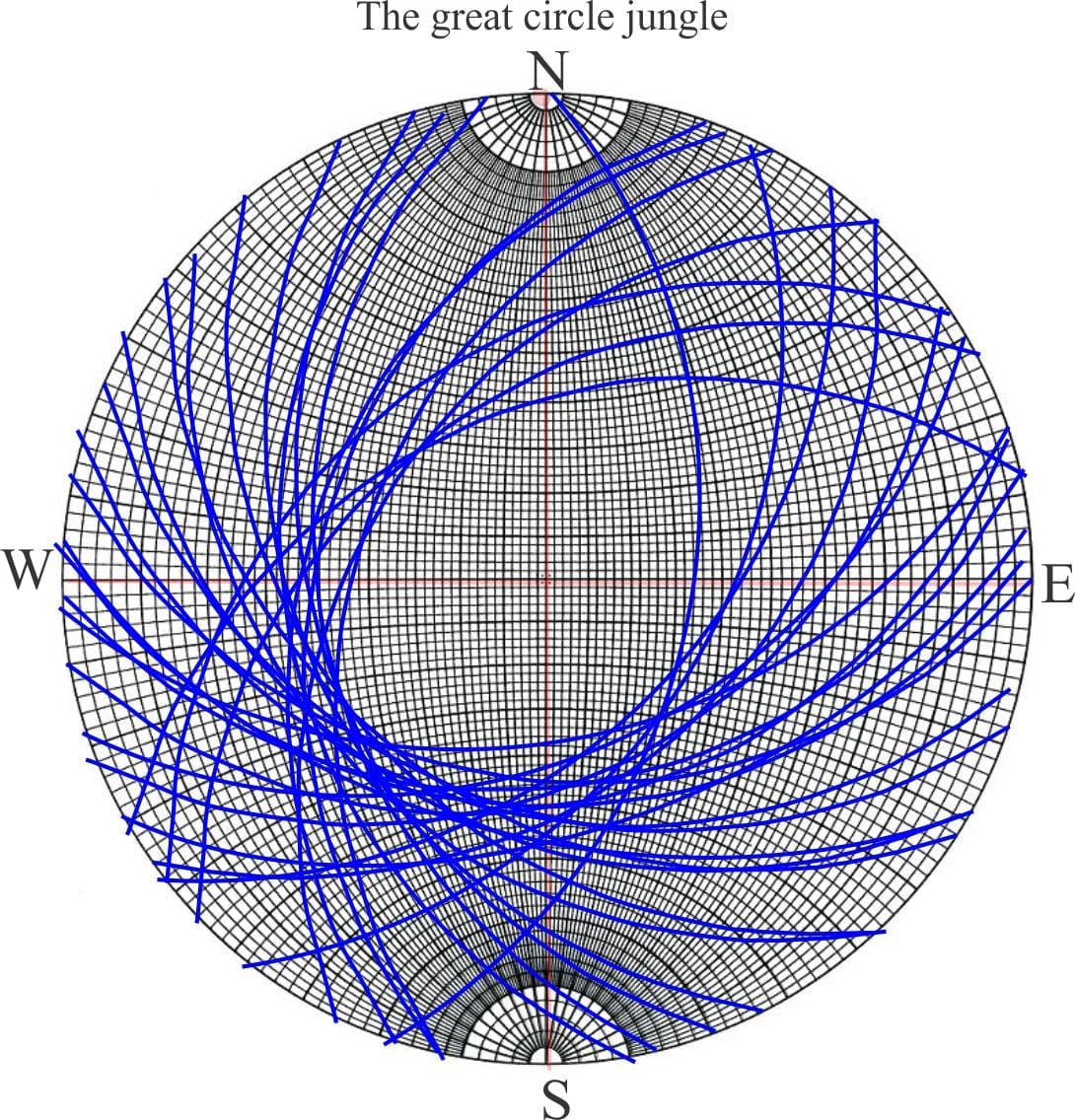
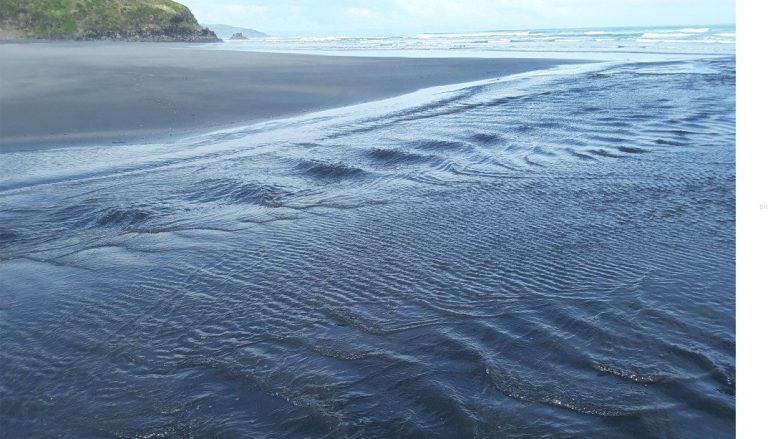
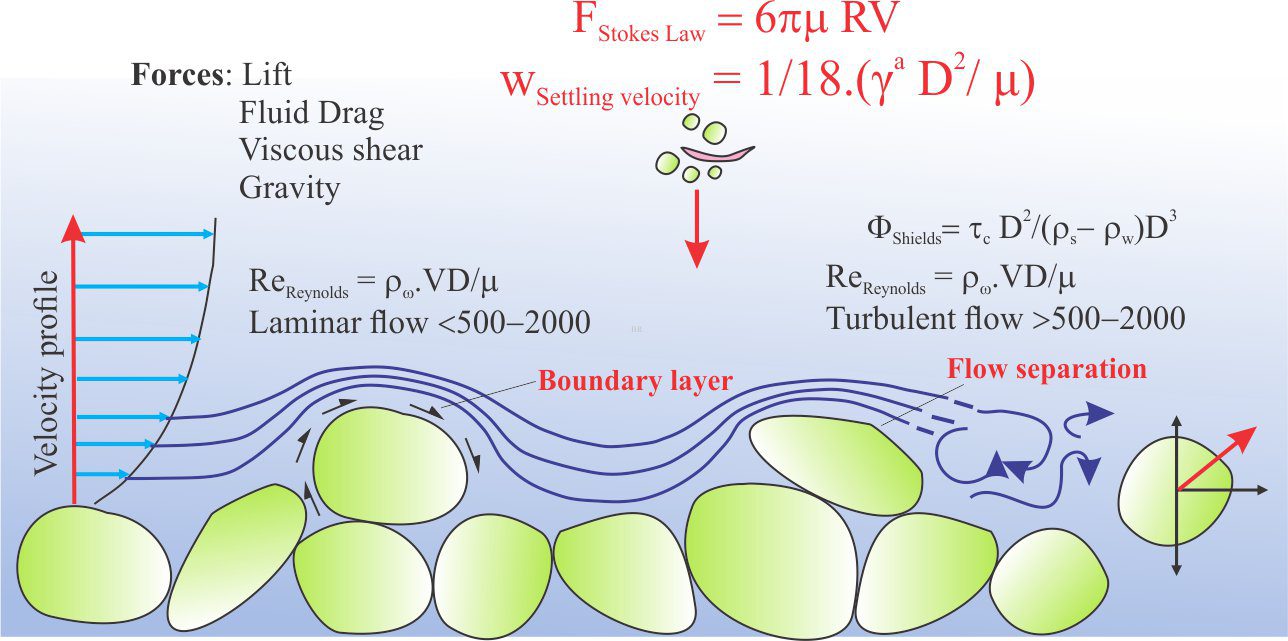
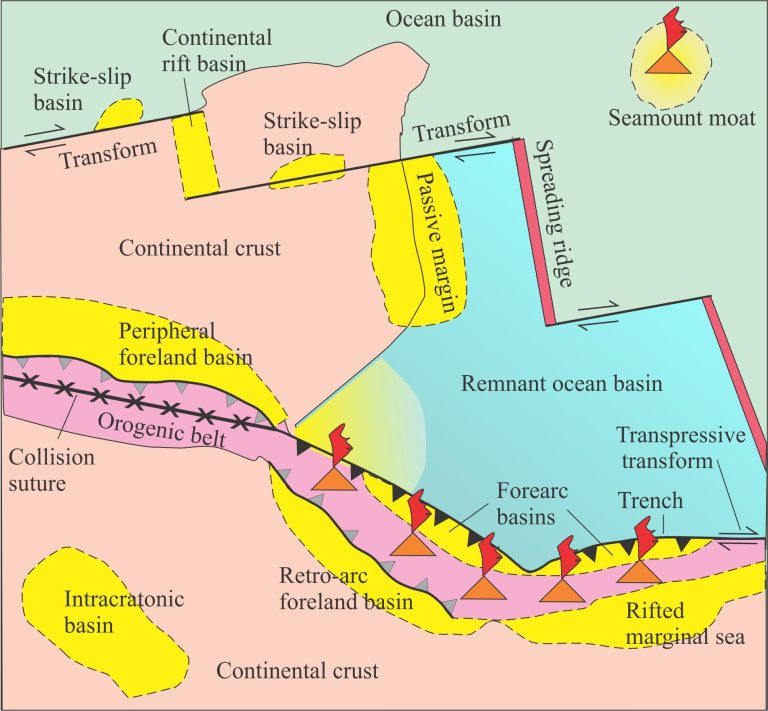
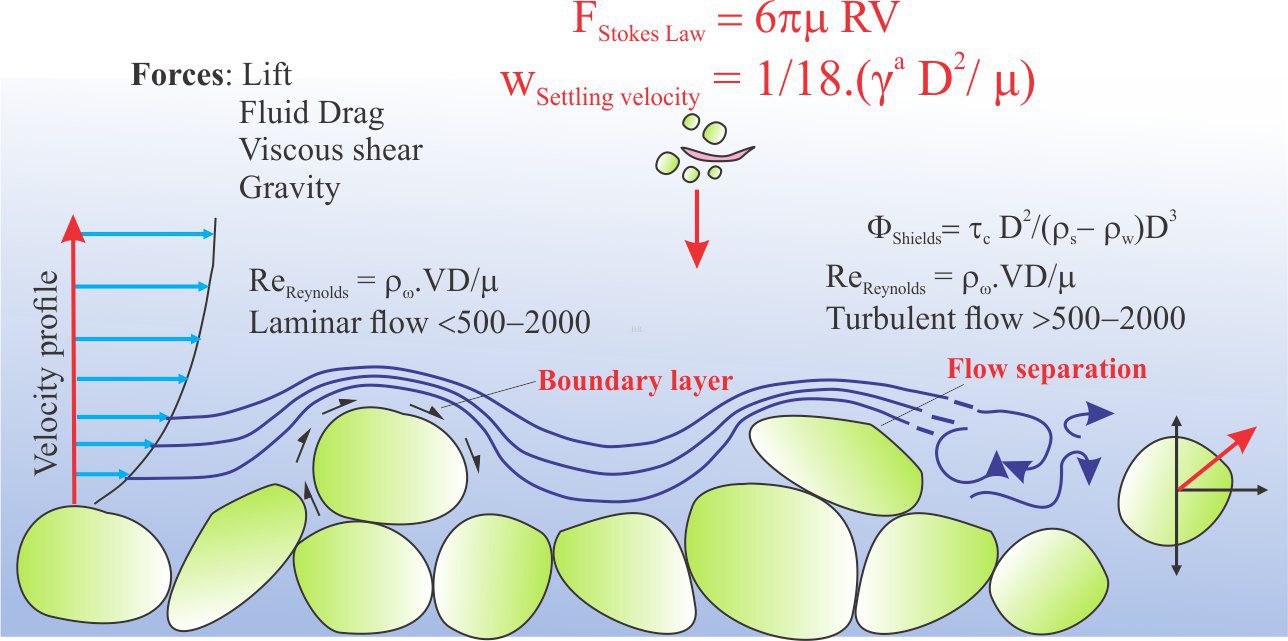
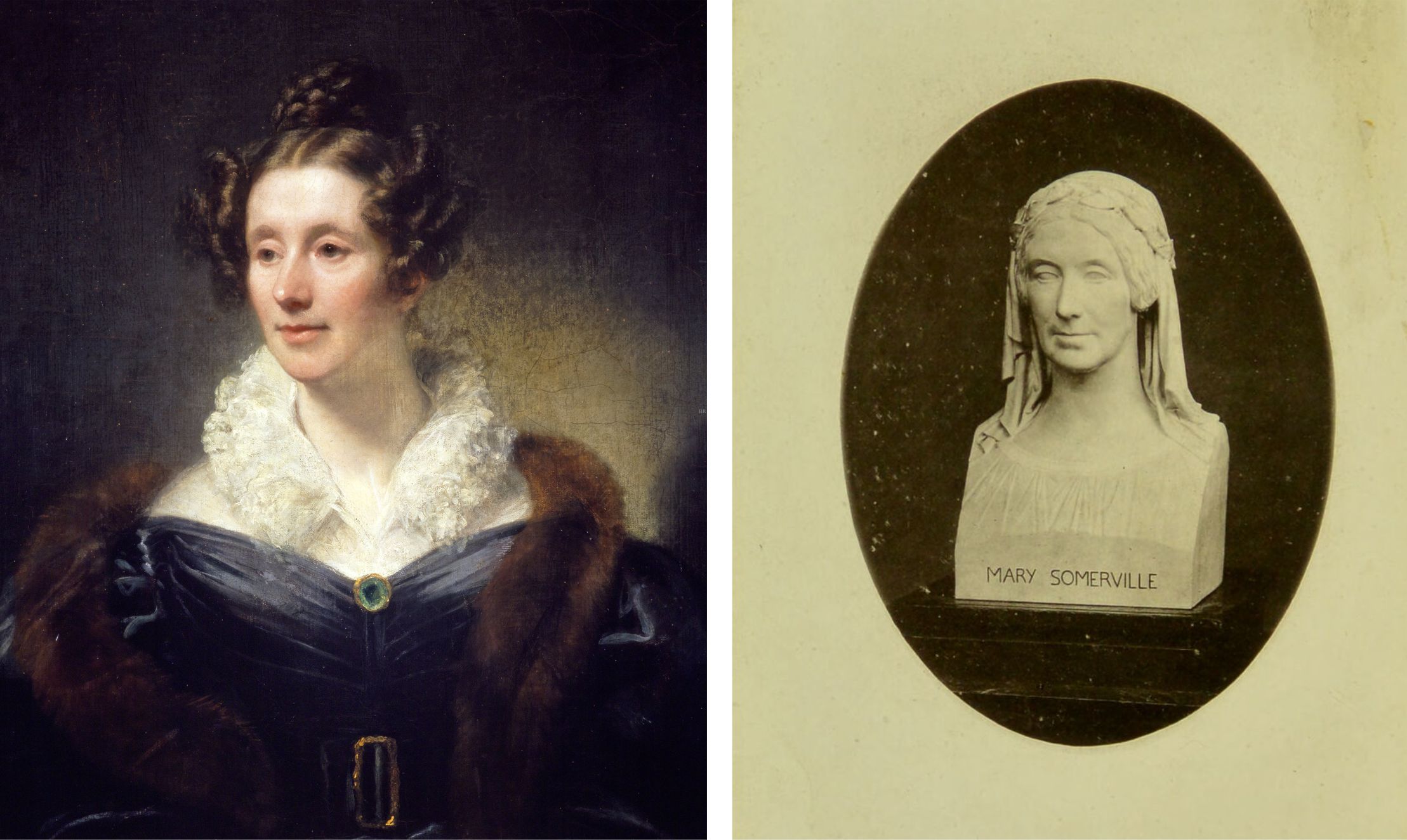
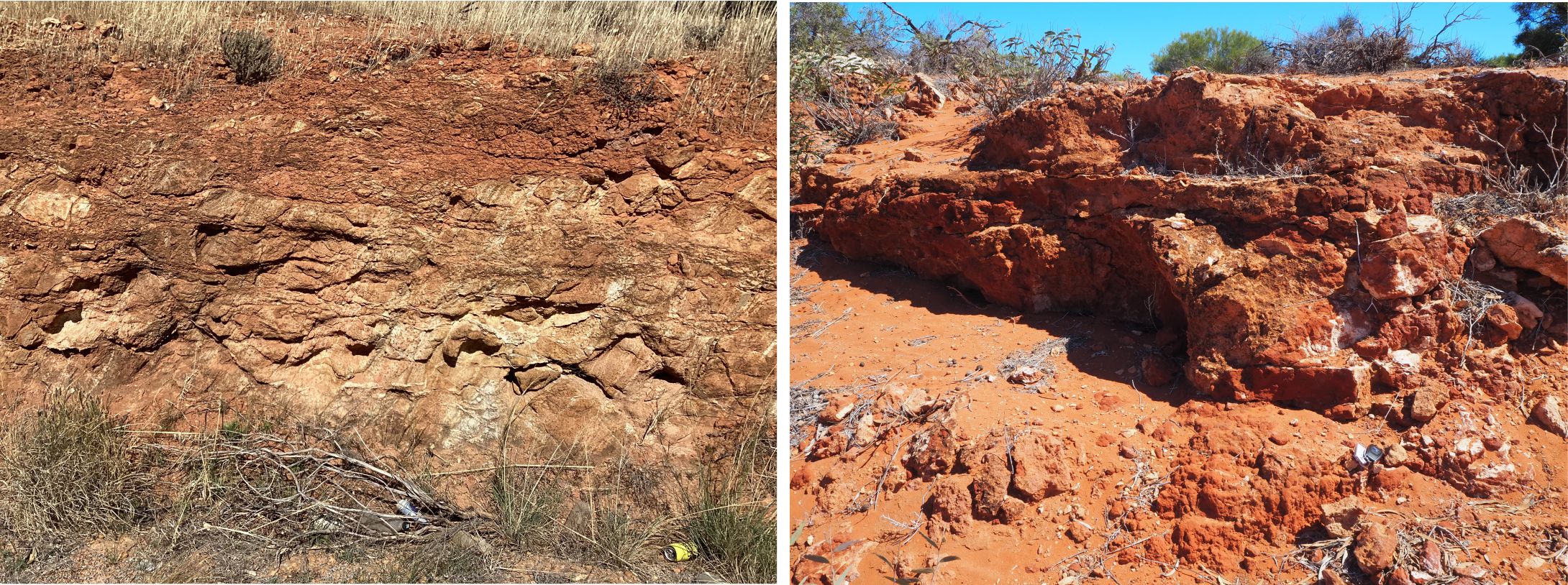

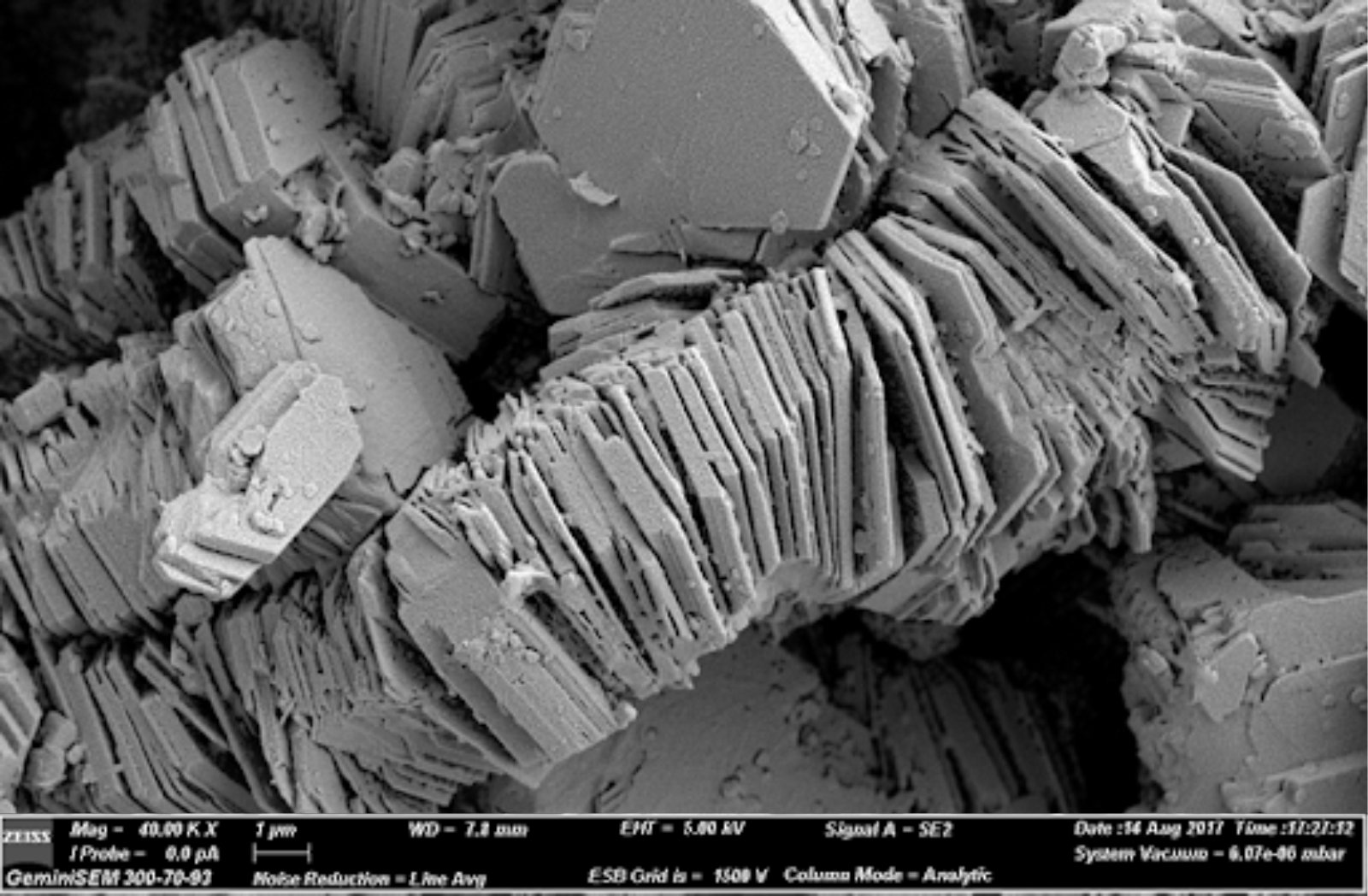


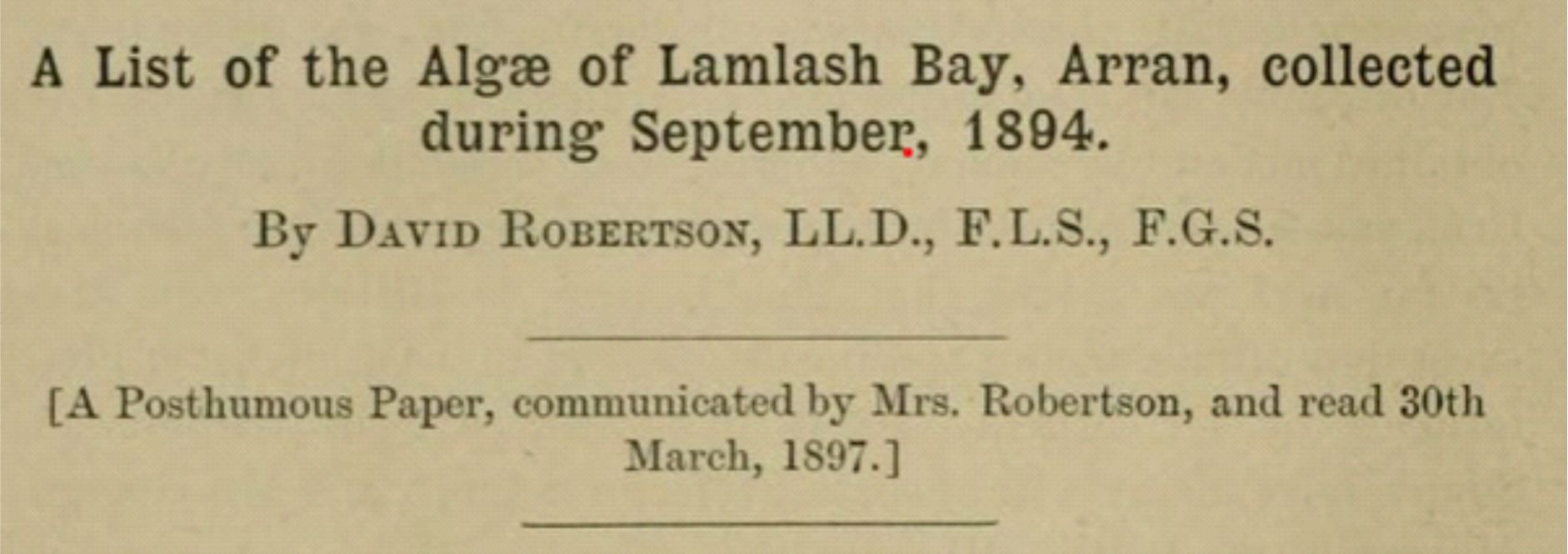
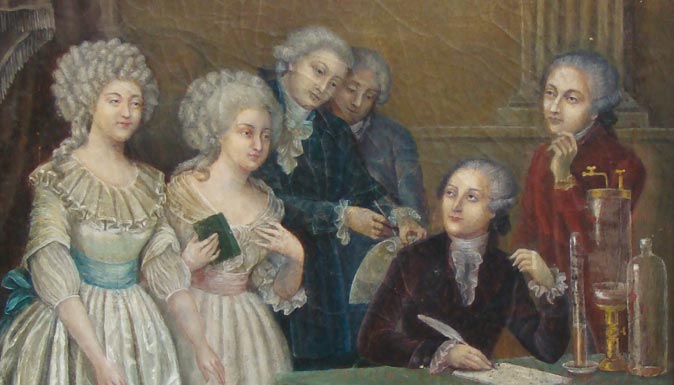
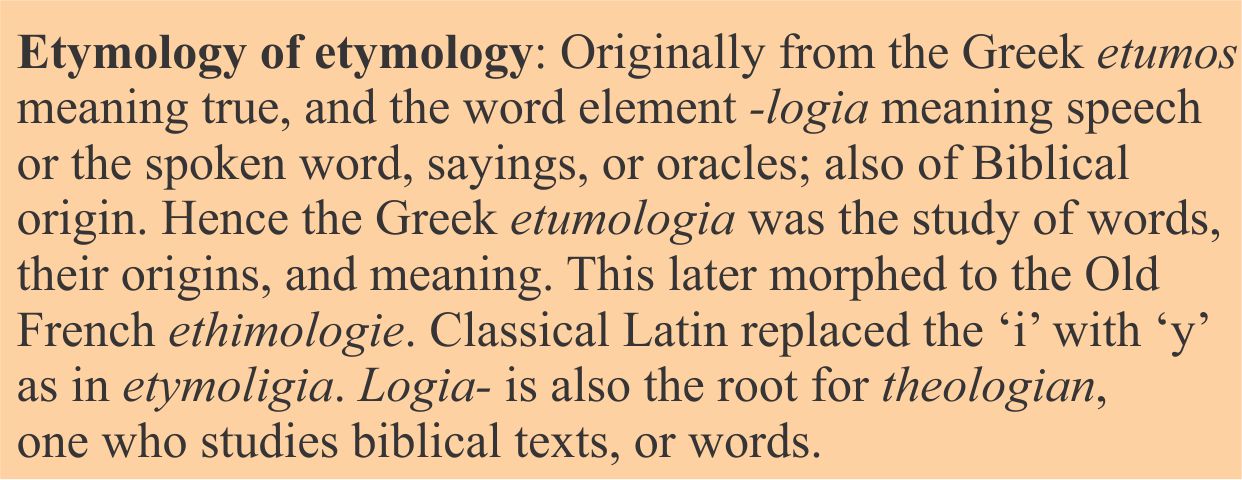

4 thoughts on “Ediacara; Welcome to the revolutionary world of animals”
Here’s what I gather from the article: 1) they required oxygen, 2) appeared feather-like, 3) were soft-bodied with some hard parts, 4) had a feather-like structure that was attached or grew into the sea floor, 5) made trace fossils, 6) faced little threat of scavengers, 7) were preserved mostly as impressions, 8) lived in deep-to-shallow water.
With this in mind, I picture the ediacaran organism to be an animal that had all the properties just listed. It attached to the sea floor and had a stemmed pennate frond that would allow it to trap food and/or oxygen being carried along by an underwater current. The mechanics of how it ingested food and absorbed oxygen in its frond — I don’t know. Simply beyond my pay grade with the little biology I know. By the same token, I’m not sure how it attached itself to the sea floor. It may have burrowed an anchor into the sea floor and that is what may have left the occasional trace fossil.
As to how sure I am of all of this – not at all. What makes me unsure is th
How these structures fed is unknown, but a good guess would be absorption of nutrients through their surface structures, perhaps analogous to marine and fresh water algae (although the analogy is pretty limited because Ediacaran fauna are understood to be animals, and algae are part of the plant kingdom). Many of the leafy kinds were attached by holdfasts – some of these are preserved.
1. The vision of a weary, complicated structure. The piece offers a captivating glimpse into the mysterious and pivotal Ediacaran period, highlighting the first major evolutionary step toward complex multicellular life. It’s fascinating to consider that these strange, soft-bodied organisms laid the groundwork for all future animal forms. The article invites reflection on how life’s earliest experiments with structure, movement, and interaction set the stage for the biodiversity explosion that followed in the Cambrian. When reading this article, the most intriguing part to me was the iconic Ediacaran fossils.
In my opinion, most Ediacaran organisms were primitive animals, but they were not the same as any of today’s living creatures. These organisms were soft-bodied, benthic (living at the bottom of the ocean), and they came to be during the period of rising oceanic oxygen, which alluding to the fact that they were very complex multicellular organisms. Even some of them have the chemical footprints of animals.
I’m not fully convinced because the fossils mostly consist of impressions without much internal detail, and some types are so peculiar that they could be representing extinct “experimental” body plans, not the direct ancestors of modern animals. Thus, I am quite confident, yet there still exists a reasonable amount of scientific uncertainty.